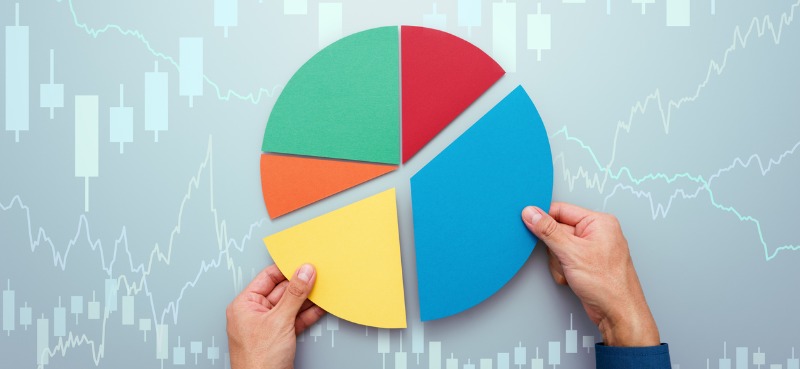China’s economy has been an absolute disaster in recent years… and it’s weighed heavily on the country’s stock market.
But just this week, China’s central bank announced a new stimulus package, sparking optimism among investors that the economy could soon start turning around.
Does this mean it’s time to invest in China?
Let’s look at the details of the stimulus… if it’ll be enough to spur some much-needed growth… and whether investors should consider exposure to the world’s second-largest economy.
Breaking down China’s stimulus package
Several issues have been plaguing China’s economy in recent years. While the rest of the world was able to bounce back from COVID lockdowns, China never quite recovered. It’s also been dealing with weakening global demand for its exports… a real estate crisis… government regulations restricting business growth… and more significant economic challenges.
The situation weighed heavily on the country’s stock market. The Shanghai Composite Index was down 25% from its 2021 highs… That is, until earlier this week when China’s government rolled out several initiatives designed to boost economic growth and investor confidence. These measures include:
- Lowering the reserve requirement ratio for banks, which allows them to lend more money
- Reducing interest rates to stimulate borrowing and spending
- Easing restrictions on second home purchases to support the real estate market
- Providing cash handouts to the poorest segments of the population
Following the news, the country’s stock market has been seeing a buying frenzy. China’s stock market has rallied over 10% since September 16—marking its best week since 2008.
But investors would be wise to proceed with caution when it comes to joining in on the rally.
Here’s why…
China still faces major issues
Despite the new stimulus efforts, China’s economy still faces several significant challenges…
- Deflationary pressures: Unlike the inflation that Western economies have been battling, China is grappling with deflation. Put simply, prices are falling, which can lead to economic stagnation.
- Real estate crisis: The Chinese property market—a key driver of the country’s economic growth—is in turmoil. Many real estate developers are struggling to pay their debts, and property values have declined significantly.
- Loss of foreign investment: In recent years, China has seen a significant outflow of foreign capital due to concerns about government intervention, regulatory unpredictability, and geopolitical tensions.
- Lack of transparency: Many investors and businesses have struggled to obtain accurate information about Chinese companies and economic conditions, leading to increased risk and uncertainty.
It remains to be seen whether the country’s stimulus will be enough to resolve these headwinds. It’s also worth noting that China has implemented similar stimulus measures in the past—but it hasn’t been enough to boost the economy… or the stock market.
Investors would be smart to wait for the situation to play out a bit more before jumping on the China bandwagon. In particular, keep an eye on whether foreign capital begins to return to China. This would be a bullish sign of a long-term market recovery.
That said, there are still opportunities for savvy investors to profit from China’s current rally… The momentum is creating some short-term trade opportunities.
You can consider American depositary receipts (ADRs) of Chinese companies traded on U.S. exchanges—like Alibaba (BABA) and KraneShares CSI China Internet ETF (KWEB). These ADRs offer more regulatory oversight than assets bought off Chinese exchanges.
The bottom line
China’s latest stimulus measures have generated excitement among investors… But it’s too soon to get caught up in the hype. The country’s economic challenges, including deflation, a struggling real estate sector, and a lack of foreign investment, still pose significant risks to investors. If you’re looking for a way to profit from the situation, look at it as a short-term trade opportunity. For longer-term investments, it would be wise to wait for the stimulus story to play out.
For Frank and Daniel’s in-depth discussion on the risks and opportunities out of China, check out the latest episode of WSU Premium.























